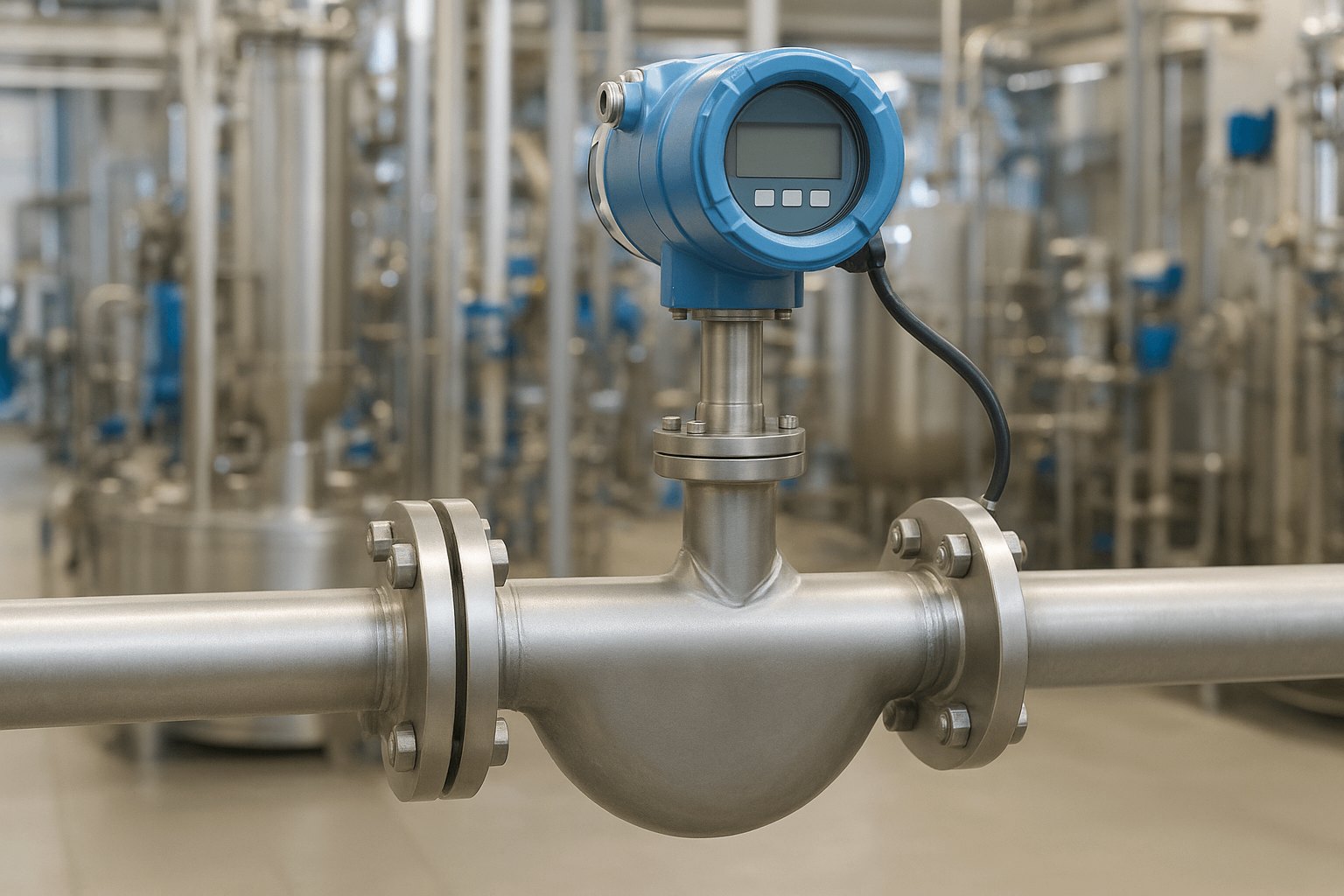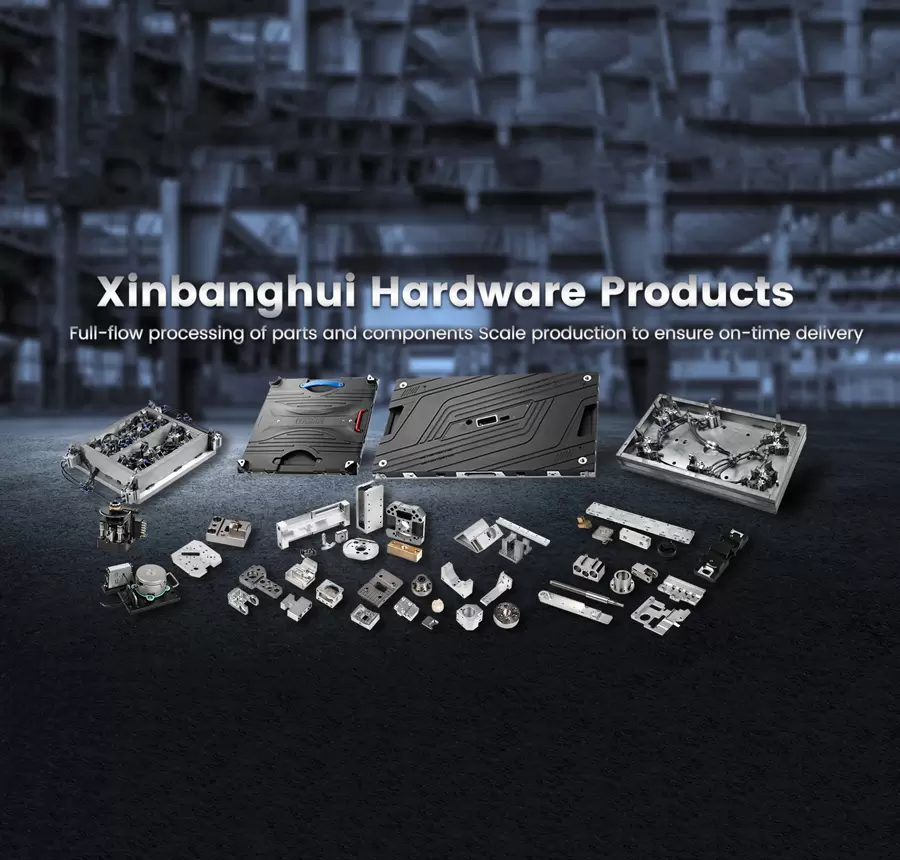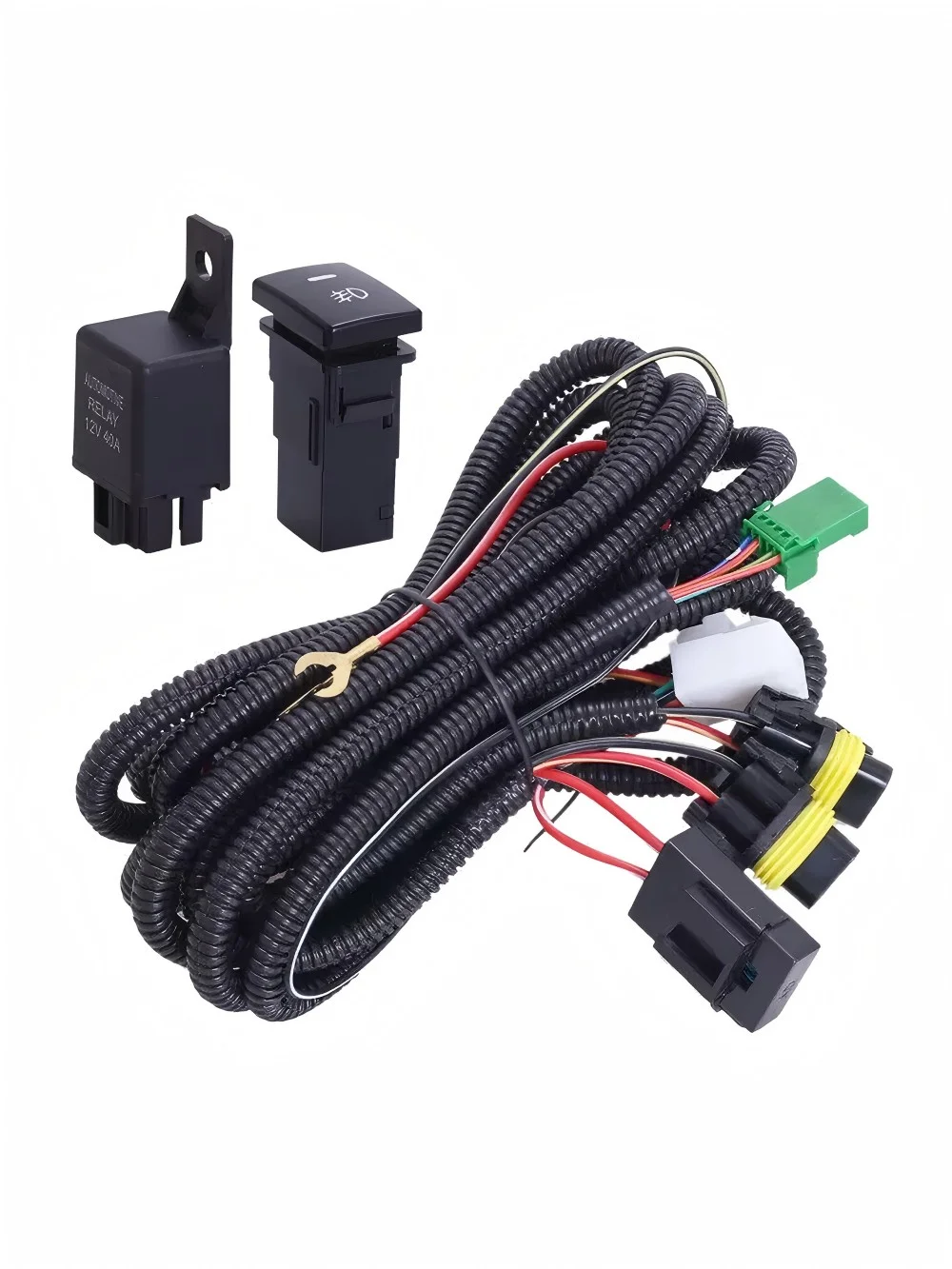How to Choose High Performance Industrial Aerospace Gear Manufacturer?
In the aerospace sector, gear systems are mission-critical components that demand unmatched precision, durability, and performance. From aircraft engines and actuation systems to satellite positioning devices and spacecraft propulsion units, aerospace gears must operate flawlessly under extreme conditions—such as high thermal loads, vibrations, corrosive environments, and intense stress. Therefore, selecting the right industrial aerospace gear manufacturer is not just a procurement decision; it's a strategic imperative that can significantly affect the reliability, safety, and overall success of an aerospace system. As a professional precision industrial gear exporter, Longruifa will share how to choose high performance industrial aerospace gear manufacturer.
1. Technical Expertise and Engineering Capabilities
A reputable aerospace gear manufacturer must have deep domain-specific engineering capabilities. The complexity of aerospace applications means that manufacturers must understand the physics of high-speed rotational systems, fatigue mechanisms, load paths, and system-level integration. Look for manufacturers with:
-
Dedicated R&D departments that actively engage in the development of advanced gear geometries (e.g., helical, bevel, herringbone, and hypoid gears) and simulation-driven designs using finite element analysis (FEA) and multi-body dynamics (MBD).
-
CAD/CAM/CAE Integration: Proficiency in digital design and simulation platforms such as CATIA, Siemens NX, or SolidWorks for modeling gearboxes and assemblies.
-
Custom Design Support: Ability to co-develop bespoke gear solutions tailored to specific aircraft or satellite applications, including prototyping, iterative testing, and design optimization for weight reduction and performance enhancement.
2. Material Science and Heat Treatment Expertise
Materials and their heat treatment processes play a pivotal role in gear longevity and performance. The manufacturer must demonstrate mastery over:
-
Aerospace-Grade Materials: Knowledge and sourcing capabilities for aerospace-approved alloys such as 9310 steel, AISI 4340, Inconel, titanium, and maraging steels. Each material offers a unique combination of tensile strength, corrosion resistance, and temperature tolerance.
-
Heat Treatment and Surface Hardening: In-house or certified processes for carburizing, nitriding, and induction hardening, along with cryogenic treatments to enhance fatigue resistance and surface hardness. The control of case depth and microstructure uniformity must be validated through metallurgical inspection.
-
Coatings and Surface Finishing: Proficiency in applying low-friction, wear-resistant coatings like DLC (Diamond-Like Carbon) or MoS₂, and precision grinding/lapping to achieve sub-micron surface finishes (Ra < 0.2 µm).
3. Manufacturing Precision and Process Control
Aerospace gears are defined by their microscopic tolerances and macro-level robustness. Assess the manufacturer's capability based on:
-
State-of-the-Art CNC Machining: Use of 5-axis CNC machines, high-precision gear hobbers, and grinding machines capable of achieving AGMA Q13/ISO 5 or better tolerances.
-
Additive Manufacturing (AM): Some manufacturers leverage AM for prototyping or low-volume production, especially in satellites or UAVs where weight and material optimization is critical.
-
Closed-Loop Inspection: Real-time, in-process quality feedback using Coordinate Measuring Machines (CMMs), laser interferometry, and optical gear analyzers for pitch error, lead deviation, and runout assessments.
-
Zero-Defect Culture: Statistical Process Control (SPC), Failure Modes and Effects Analysis (FMEA), and Six Sigma practices embedded in the production process.
4. Certifications and Compliance Standards
Aerospace gear manufacturers must adhere to stringent quality, safety, and environmental regulations. Mandatory certifications include:
-
AS9100 Certification: This aerospace-specific QMS standard is non-negotiable. It assures compliance with traceability, document control, and production consistency.
-
NADCAP Accreditation: Especially important for heat treating, non-destructive testing (NDT), and coatings, this certifies adherence to aerospace industry-specific special process requirements.
-
ITAR and EAR Compliance: For manufacturers in or supplying to the United States, the ability to handle defense-related gear systems requires strict compliance with the International Traffic in Arms Regulations (ITAR) and Export Administration Regulations (EAR).
-
RoHS and REACH Compliance: Especially for companies operating globally or working on dual-use technologies, compliance with environmental directives ensures long-term viability and market access.
5. Testing, Validation, and Quality Assurance
The aerospace environment does not tolerate failure. Manufacturers must possess extensive facilities and protocols for performance validation and life-cycle testing:
-
Dynamic Load Testing: Test rigs capable of simulating real-world conditions such as torque loading, speed variations, vibration, and thermal cycling.
-
Noise and Vibration Analysis: Use of acoustic chambers and accelerometers to identify and minimize harmonic resonance, gear whine, and operational vibration levels.
-
Life Prediction Modeling: Software-based tools (such as Romax or MASTA) for predicting gear fatigue life under varying mission profiles and duty cycles.
-
Failure Analysis and Root Cause Investigation: Access to Scanning Electron Microscopes (SEM), X-ray diffraction, and microhardness testers to conduct detailed failure mode analyses.
6. Scalability and Production Capacity
While technical capability is paramount, scalability cannot be overlooked. Aerospace programs often span multiple years with strict timelines. Look for:
-
Flexible Production Lines: Ability to switch between low-volume, high-complexity prototypes and high-rate serial production without quality degradation.
-
Inventory Management Systems: Use of ERP/MRP systems that support Just-in-Time (JIT) and Kanban inventory strategies to reduce lead time and ensure continuity of supply.
-
Supplier Network Strength: Established relationships with certified raw material providers, heat treaters, and testing labs that ensure traceability and on-time delivery.
7. Track Record and Industry References
Finally, a proven track record with verifiable references in the aerospace sector provides confidence. Ask for:
-
Case Studies and Client Testimonials: Particularly those involving commercial aircraft (e.g., Boeing, Airbus), defense platforms (e.g., F-35, drones), or space systems (e.g., CubeSats, launch vehicles).
-
Longevity and Reputation: Manufacturers with decades-long presence in the aerospace industry often have the organizational maturity and resilience required for long-term partnerships.
-
Partnerships and Co-Development: Involvement in joint development programs with OEMs or Tier 1 suppliers is a strong indicator of trust and technological alignment.
Final Thoughts
Choosing the right industrial aerospace gear manufacturer is a decision rooted in precision, trust, and collaboration. Beyond the ability to machine components to micro-tolerances, the best manufacturers are those who understand the systemic implications of their products and invest in continuous improvement, innovation, and customer alignment.
By rigorously evaluating potential manufacturers against the criteria outlined above, aerospace companies can significantly de-risk their supply chains, enhance product reliability, and ensure that their systems perform impeccably in the most demanding environments known to engineering.
www.lrfgears.com
Longruifa





